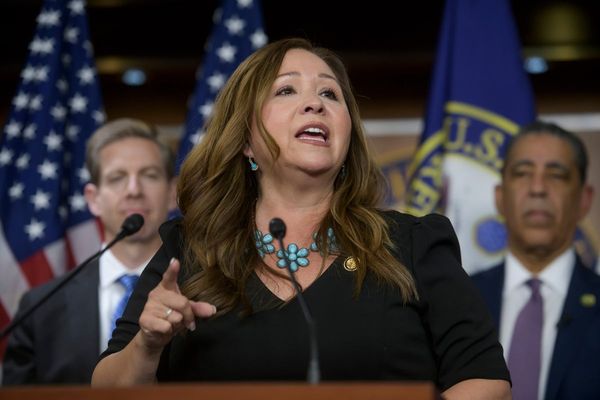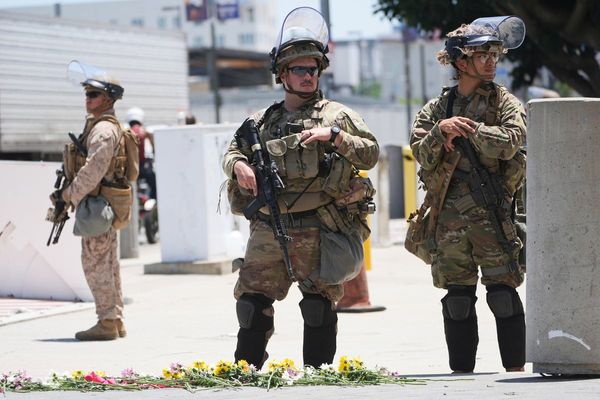
- Starbucks CEO Brian Niccol is rolling out a “Green Apron Service” initiative aimed at cutting wait times to four minutes and restoring the chain’s hallmark personal touch. Changes include better staffing for peak hours, new order-prioritization tech, and balancing mobile, drive-thru, and in-store sales, as Niccol works to reverse declining transactions and revive Starbucks as a community “third space.”
We’ve all been there: Standing in our favorite coffee shop, orders flooding in. The collection area is noisy, crowded, and everyone’s drink except yours is being called out. The minutes tick by and you start to wonder, “Should I have just made one at home?”
This is precisely the situation Starbucks CEO, Brian Niccol, is determined to stamp out.
Niccol joined the Seattle-based coffee chain in September last year, promising to bring the American coffee giant back to its roots. Investors have yet to endorse the turnaround: The chain’s share price is down nearly 2% over the past year.
Undeterred, Niccol announced a new wave of investment last month focused on operational standards and customer service.
This includes reshaping staffing hours to meet peak demand times, deploying technology to help organize drink-making more efficiently, and creating more space in the process for staff to interact with customers.
Speaking to Fox Business in an interview released yesterday, Niccol said he had a time in mind between a customer placing their order and when they should have it in hand: precisely four minutes.
“I’ve said to our team, part of our turnaround is becoming the world’s greatest customer service company again,” Niccol said in the interview. “It’s centered on putting enough partners on the roster in the stores and then deployed correctly so they can provide that customer connection, that experience, that frankly Starbucks really was founded on.”
This renewed focus on speed is part of the “Green Apron Service” initiative, which rolled out across all stores this week and which Starbucks says is “about making every visit feel personal.” That could mean a “friendly smile, remembering your name, or making your day just a little bit better.”
Part of the headache Starbucks is now facing: how to balance mobile sales—which make up about 30% of orders—with drive-thru and counter sales. Under Starbucks’ previous CEO, Laxman Narasimhan, the coffee giant reported some of its disappointing sales resulted from the brand’s being too popular with morning commuters ordering via the app.
Narasimhan said in May of last year that at peak times mobile and pay orders (MOP) were seeing incompletion rates in the mid-teens, adding: “In other words, customers using MOP put items into their cart and sometimes chose not to complete their order, citing long wait times of product and availability.”
While Narasimhan identified the issue of off-putting wait times, it’s on Niccol’s watch that Starbucks is redressing the balance. Part of this includes the introduction of a new algorithm that will guide which orders get made in what order, so that in-person customers don’t have to wait and watch while mobile orders are prioritized.
“Many of us have had the experience where you go into a busy Starbucks and there’s a lot of mobile ordering stacked up on the counter, and you just want a cup of coffee and to sit in your third space,” said Starbucks’ recently appointed operating chief, Mike Grams.
The “third space” is Starbucks’ attempt to reclaim its importance in customers’ lives, pushing the idea that its sites are where people can go to feel connected to their local community.
The turnaround so far
The turnaround of a coffee giant with more than 32,000 stores around the world was never going to be rapid.
But some green shoots in the business’s fundamentals can be seen. In Q3 2025, for example, global store sales declined 2%, driven by a 2% decline in comparable transactions, but were partially offset by a 1% increase in the average ticket. A year prior, global comparable store sales had declined 3%, driven by a 5% decline in comparable transactions, which was partially offset by a 2% increase in the average ticket.
Likewise, in Q3 2025, consolidated net revenues increased 4% to $9.5 billion, while in Q3 2024 those net revenues declined 1% to $9.1 billion.
Niccol’s policies have received a mixed reaction from customers and staff.
For example, the company decided in January to reverse its open-door policy, meaning only paying customers were allowed to use its restrooms.
Niccol got pushback from staff when he asked them to wear a solid black top underneath their aprons, and khaki or black or blue denim bottoms. More than 2,000 Starbucks baristas at 120 U.S. stores went on strike to protest the new dress code, according to Starbucks Workers United.
Other policies have proved more popular. For example, Niccol said shortly after joining the company that he would have to buy some 200,000 Sharpie pens to bring back the coffeehouse’s tradition of scrawling customers’ names or smiley faces on their to-go cups.







